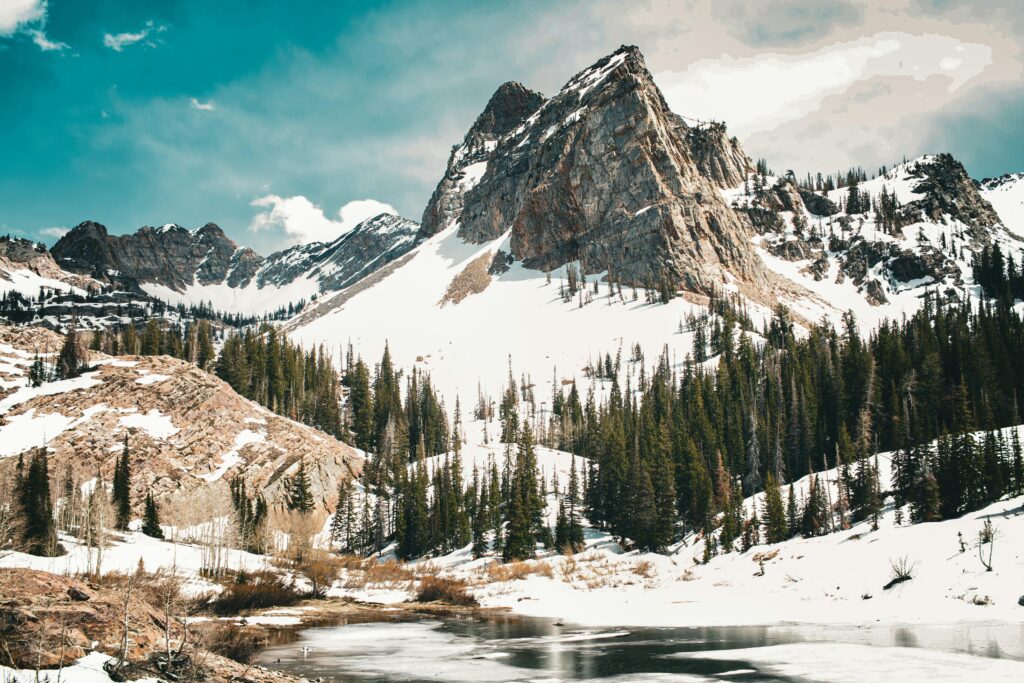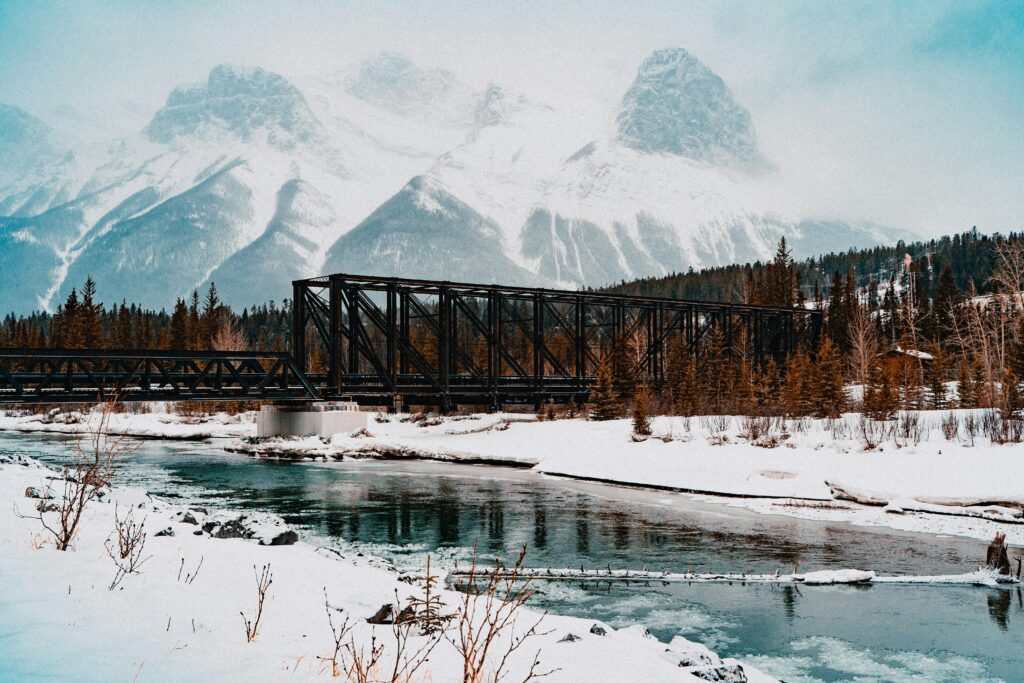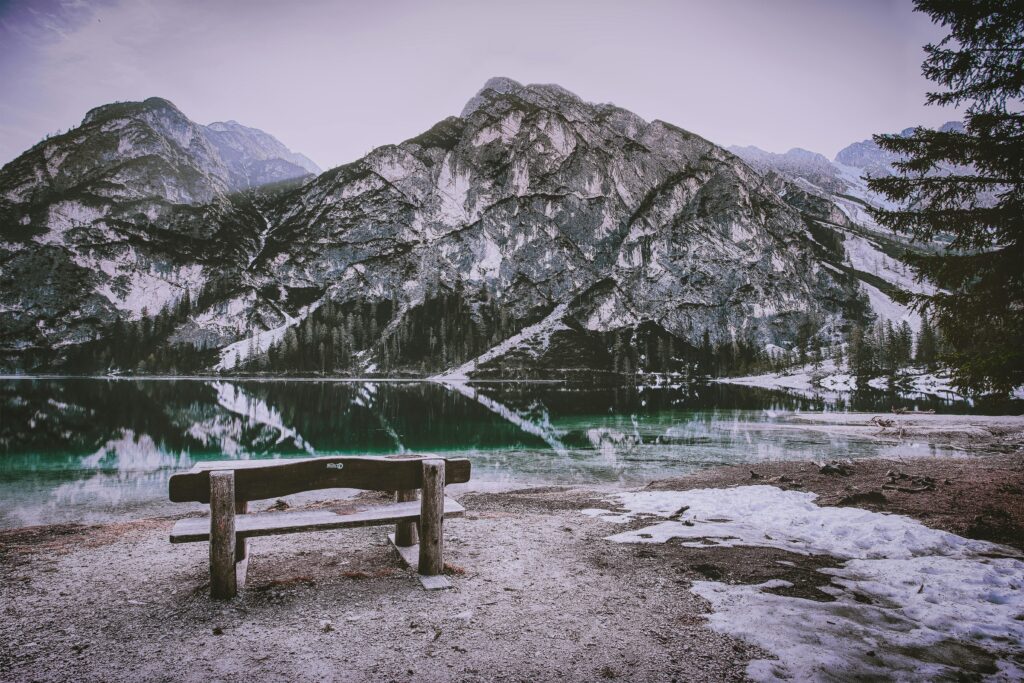Winterizing your Forest River travel trailer is essential to protect it from freezing temperatures and ensure it’s ready for your next adventure. The keyword “how to winterize a Forest River travel trailer” reflects a critical task for RV owners facing cold weather. By taking the right steps, you can prevent costly damage to your trailer’s plumbing, appliances, and exterior.
This article provides a clear, SEO-friendly guide to winterizing, incorporating supported keywords like RV winterization tips, Forest River trailer maintenance, winter RV camping prep, and protecting RV from freezing to help you prepare effectively.
Why Winterizing Your Forest River Travel Trailer Matters
Freezing temperatures can wreak havoc on your RV’s plumbing system, causing pipes to crack or fittings to burst. According to a 2021 Camping World report, neglecting winterization can lead to repairs costing hundreds to thousands of dollars.
Protecting RV from freezing not only preserves your trailer’s value but also ensures it’s ready for spring camping. Whether you’re storing your Forest River trailer for the season or planning winter RV camping prep, proper winterization is a must to avoid damage from cold weather.
Step-by-Step Guide to Winterizing Your Forest River Travel Trailer

Here’s a detailed guide to winterize your Forest River travel trailer, based on best practices from sources like Forest River’s official videos and RV forums:
1. Drain All Water Systems
Start by emptying all water from your trailer to prevent freezing. Open the low-point drains (usually located under the trailer near the water heater) and let all water flow out. Drain the fresh water tank by opening its valve, typically found on the undercarriage. Run all faucets (hot and cold) and flush the toilet to clear residual water.
For thorough Forest River trailer maintenance, ensure the water heater is drained by removing its drain plug or anode rod, avoiding damage to this critical component.
2. Bypass the Water Heater
To avoid filling the water heater with antifreeze, use the bypass valve, often located near the water heater or in the convenience center. If your Forest River model lacks a bypass kit, consider installing one to save on antifreeze costs. Bypassing the water heater is a key RV winterization tip to streamline the process and protect this expensive appliance from freezing damage.
3. Add RV Antifreeze
Use non-toxic RV antifreeze (pink, propylene glycol-based) to protect the plumbing system. Connect a hand pump or the trailer’s water pump to a jug of antifreeze via the winterization port (check your owner’s manual for its location, as it varies by model).
Open each faucet, starting with the closest to the pump, until pink antifreeze flows through, then move to the next. Don’t forget the toilet, outdoor shower, and any appliances like ice makers. Pour a small amount of antifreeze into P-traps (sinks and showers) to prevent sewer gas leaks. This step is crucial for protecting RV from freezing.
4. Blow Out Lines (Optional)
Some RV owners prefer blowing out water lines with compressed air to minimize antifreeze use, especially in milder climates. Use an air compressor set to 30–40 psi to avoid damaging pipes, and blow out each faucet, toilet, and low-point drain.
A 2023 Forest River Forums discussion notes that this method works well in areas with mild winters, like Oregon, but antifreeze is safer for colder regions to prevent residual water from freezing. This is a debated RV winterization tip, so choose based on your climate and comfort level.
5. Protect the Exterior and Tires
Winter weather can damage your trailer’s exterior, so inspect seals around windows, doors, and seams for cracks, and repair with RV-safe sealant. Inflate tires to the recommended pressure and use stabilizing jacks to reduce weight on them, preventing flat spots. For long-term storage, consider tire covers to shield against UV damage. These steps are essential for Forest River trailer maintenance to keep your RV in top shape.
6. Maintain the Battery and Propane
Disconnect the battery, clean its terminals, and store it in a warm, dry place or use a battery maintainer to prevent discharge. Turn off propane cylinders and store them in a ventilated area, checking hoses for leaks. These actions support winter RV camping prep by ensuring your trailer’s systems are ready when you hit the road again.
Additional RV Winterization Tips
To enhance your winterization process, consider these RV winterization tips:
- Check Appliances: Consult your owner’s manual for specific winterization instructions for appliances like refrigerators or washing machines.
- Clean Holding Tanks: Empty and rinse black and gray tanks at an approved dump site to prevent odors and damage, as advised by The Outpost RV guide.
- Use a Breathable Cover: If storing outdoors, a breathable RV cover protects against snow and ice while preventing mold.
- Inspect Regularly: Check your trailer monthly during storage to catch any issues early, such as leaks or pest intrusion.
Winter RV Camping Prep for Cold-Weather Adventures
If you plan to use your Forest River trailer for winter camping, take extra precautions. Insulate exposed pipes with foam covers and use a space heater in the underbelly (if equipped with a heated underbelly) to prevent freezing.
Keep the interior heated to at least 40°F and use RV antifreeze for short-term water system protection after each use, as suggested in a 2023 Forest River Forums post. These steps ensure winter RV camping prep keeps your trailer functional in cold conditions.
Common Challenges and Solutions
Winterizing can present hurdles, but here’s how to overcome them:
- Hard-to-Access Water Pump: Some Forest River models, like the 2015 EVO T2460, have pumps behind drawers. Check your manual or use the city water connection to pump antifreeze if access is limited, as noted in a 2020 JustAnswer thread.
- Mild Winters: In milder climates, blowing out lines may suffice, but add antifreeze to P-traps for extra protection, per RV forum advice.
- Freezing Risks: Even a small amount of residual water can damage pumps, so double-check all drains, as a Colorado RV technician warned in a 2021 Camping World blog.
Why Winterizing Your Forest River Trailer Is Essential

Proper winterization protects your investment and avoids costly repairs. A 2024 Crossroads Trailers article highlights that frozen pipes or damaged water heaters can cost over $1,000 to fix.
By following these steps, you ensure Forest River trailer maintenance keeps your RV ready for spring, whether stored or used for winter RV camping prep. Plus, winterizing supports peace of mind, knowing your trailer is safe from freezing temperatures.
Conclusion
Understanding how to winterize a Forest River travel trailer is key to protecting RV from freezing and ensuring it’s ready for your next adventure. By draining water systems, using antifreeze, and maintaining the exterior and battery, you can safeguard your trailer against winter’s harsh effects. Incorporate RV winterization tips like checking appliances and using breathable covers, and tailor your approach for winter RV camping prep if needed. Start winterizing today with these steps, and enjoy worry-free camping when warmer weather returns in 2025!
FAQs About Winterizing a Travel Trailer
What are the steps to winterize a travel trailer?
Drain all water from tanks and lines, bypass the water heater, pump RV antifreeze through the plumbing, seal exterior cracks, protect tires, and disconnect the battery for safe storage.
Is it okay to put RV antifreeze in the fresh water tank?
No, avoid putting RV antifreeze in the fresh water tank; use a winterization port or pump to add antifreeze directly to the plumbing to protect pipes without contaminating the tank.
How do I close a trailer for winter?
Empty water systems, add RV antifreeze, seal windows and vents, cover the trailer with a breathable cover, disconnect utilities, and store in a dry, secure location.
How long to run water in RV after winterizing?
After winterizing, do not run water until spring; when de-winterizing, flush lines with fresh water for 5–10 minutes per faucet to remove all antifreeze.
